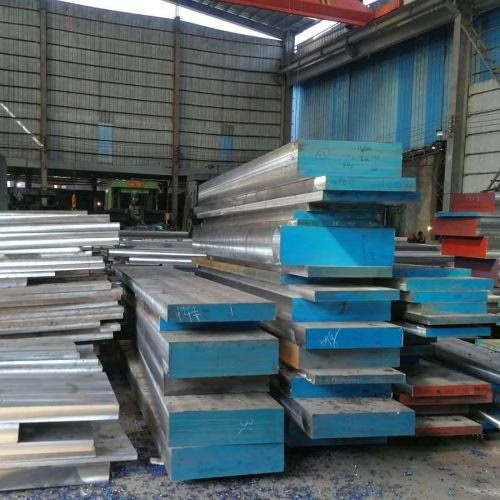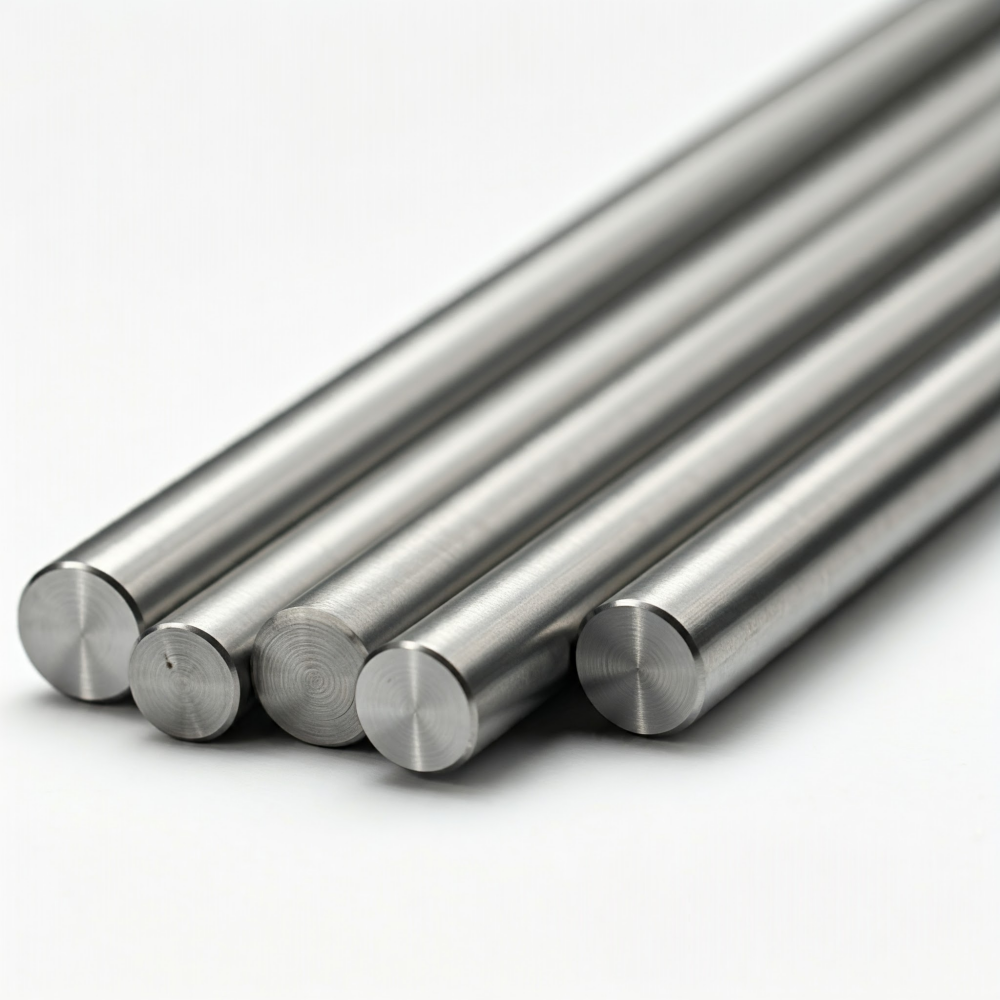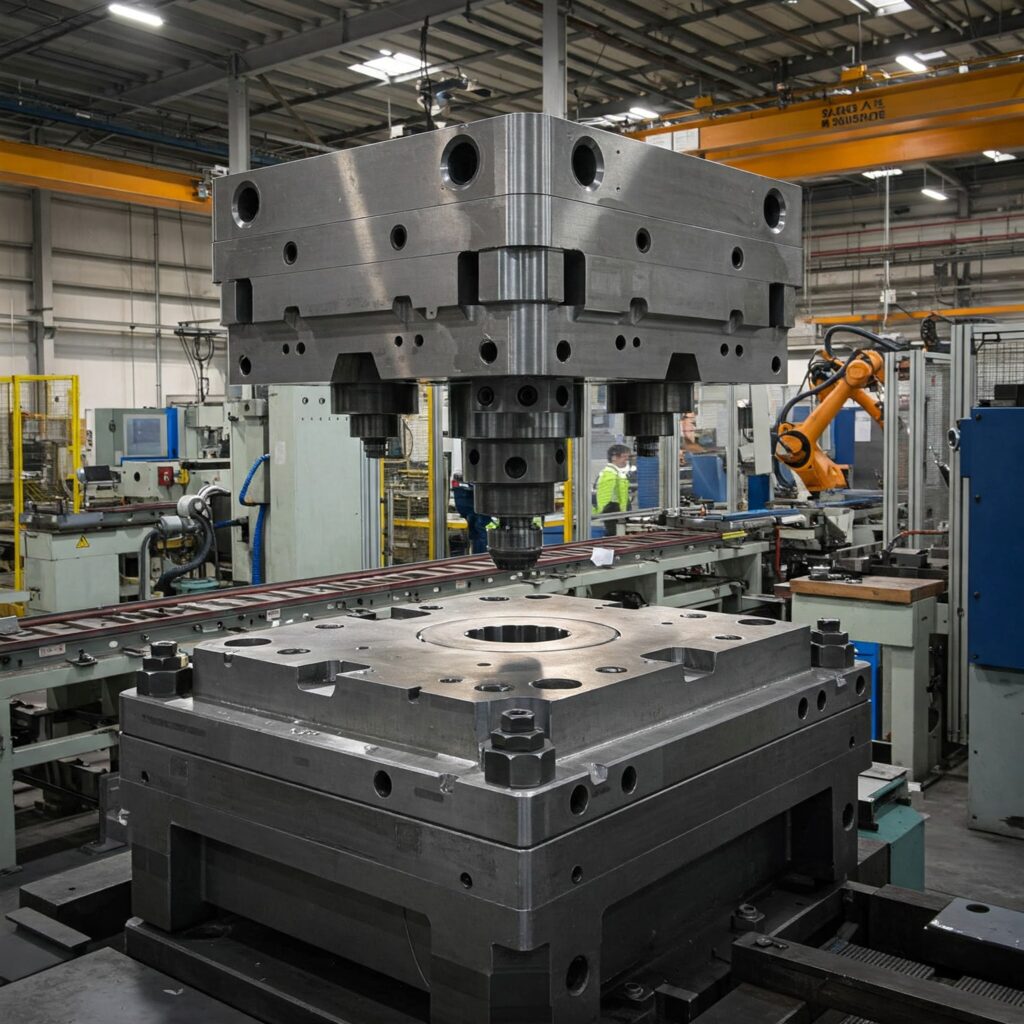No, 4140 steel is not stainless steel. It is consistently classified as a medium-carbon low-alloy steel, specifically a chromium-molybdenum (Cr-Mo) alloy.

What is stainless steel
Stainless steel is a broad group of iron-based alloys primarily characterized by their enhanced corrosion resistance. This unique property is achieved by the addition of a minimum amount of chromium, typically 10.5% by weight, although some definitions may specify 11%, 11.5%, or even 12% chromium. In addition to chromium, stainless steels usually contain a maximum carbon content of less than 1.2% and can include other alloying elements such as nickel, molybdenum, manganese, silicon, titanium, niobium, nitrogen, sulfur, copper, aluminum, vanadium, and tungsten.
The “stainless” characteristic comes from the spontaneous formation of a thin, invisible, and highly adherent passive layer on the steel’s surface when exposed to an oxidizing environment such as air or aerated water. This passive layer is primarily composed of chromium oxide (Cr2O3) and acts as a barrier, protecting the underlying metal from further corrosion by inhibiting the diffusion of oxygen and metal ions. A remarkable feature of this film is its self-healing ability: if damaged by scratching or abrasion, it reforms instantly in the presence of oxygen.
Analysis of why 4140 is not stainless steel
To be classified as stainless steel, steel typically requires a chromium (Cr) content of at least 10.5% to 12%. However, the chemical composition of 4140 steel shows that its chromium (Cr) content typically ranges from 0.80% to 1.20%. This value is far below the chromium content threshold for stainless steel. For comparison, martensitic stainless steel 410 has a chromium content of 11.5% to 13.5%, while ferritic stainless steel 430 has a chromium content of 16.0% to 18.0%.
Although low-alloy steel 4140 has slightly better corrosion resistance than unalloyed carbon steel, it should still be coated with a protective coating for outdoor applications.
In terms of applications, 4140 is primarily used in applications requiring high torsional and reverse stress resistance, such as rigid shaft components. This is entirely different from the corrosion-resistant applications of stainless steel.
4140 steel is classified as “medium-alloy carbon steel” or “low-alloy steel.” It is also referred to as a chromium-molybdenum alloy. Additionally, although it is widely used in tool shops, it is not considered a type of tool steel.
In summary, the chemical composition of 4140 steel and its classification in material handbooks clearly indicate that it belongs to the category of low-alloy steel, not stainless steel.


